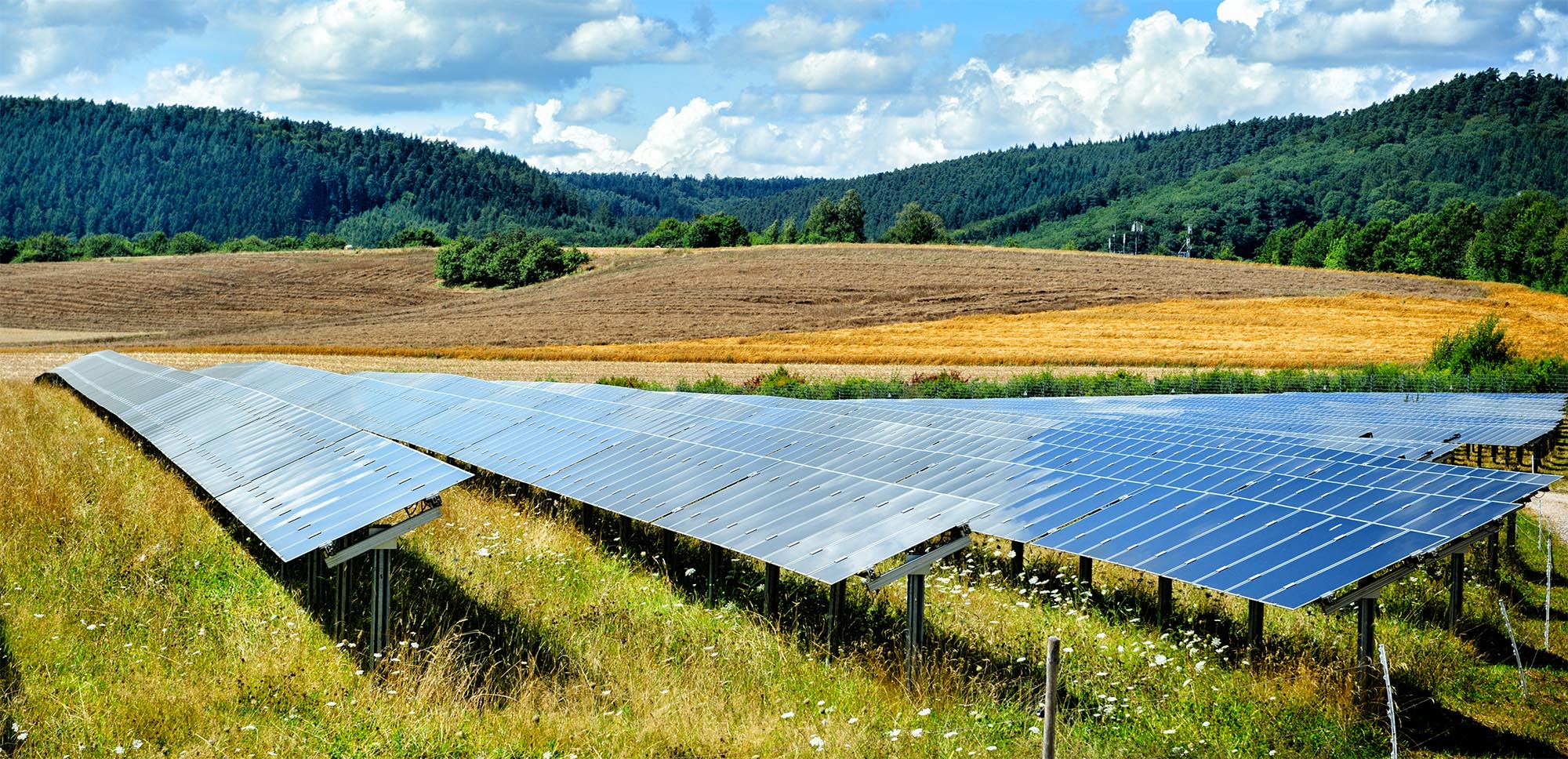The story of renewable energy in Ireland
Renewable energy in Ireland comes in many forms. The primary sources are wood, water, wind, wave and some wastes. Others include tidal power, solar power (thermal and PV), biomass and biofuels. Electrically driven heat pumps are also considered renewable because, while they require energy to operate, they extract and produce more than they use from the air, water or the ground. Ireland is committed to 16% of energy from renewable sources by 2020, to be achieved by a combination of 40% renewable electricity, 10% renewable transport and 12% renewable heat. The heat target may be met using a combination of wood cuttings, chips or waste, incineration of biodegradable municipal waste, biogases or anaerobic digestion, solar thermal energy, or geothermal energy. Looking ahead towards meeting 2050 ambitions under the Paris Agreement of 2015 implies the continued transformation from a fossil fuel based to a low carbon society making optimum use of the available renewable energy sources subject to cost effectiveness, policy, and technological advancements.
Renewable energy in Ireland comes in many forms. The primary sources are wood, water, wind, wave and some wastes. Others include tidal power, solar power (thermal and PV), biomass and biofuels. Electrically driven heat pumps are also considered renewable providers because, while they require energy to operate, they extract more than they use from air, water and geothermal energy from soils and deeper rocks.
The earliest use of renewables in Ireland involved wood for fires for cooking, heating and metal work. After the last Ice Age, forests grew again in Ireland, and their wood was later used to make charcoal – a vital energy source for the smelting of iron ore. The production of flour from cereals was one of the earliest uses of hydro power. The energy in falling rivers was captured to drive water wheels. In areas such as Fingal, in north Co Dublin, windmills were used for grain milling in areas that were rich in cereals but lacked water power. By 1840, there were 250 windmills in operation in Ireland.
A major use of the renewable energy generated by wood takes place today in board mills and sawmills where waste wood and bark from the processing or trees is a source of process heat. The first Combined Heat and Power (CHP) plant to be fired on wood waste in Ireland was constructed in 2004 at Grainger Sawmills in West Cork. It feeds its electricity to the national grid.
In 1925, work began on planning the largest hydro-power station in Ireland at Ardnacrusha. Its dam raised the level of the river Shannon in order to produce enough electricity on which to base a national grid. It now provides about two per cent of Ireland’s electricity.
The first commercial wind farm in Bellacorrick, Co Mayo, started operation in 1992 and this heralded the era of wind power. By 2015, 23% of electricity used in the State came from renewable sources – with over 20% coming from wind.
To alleviate the hardship caused by oil shortages during the Second World War, bio-ethanol was made from potatoes by a state company, Chemicí Teoranta. This was an early renewable liquid biofuel and was combined with petrol to increase the available supplies of transport fuels. Bioethanol is used today and is blended in petrol under the Biofuels Obligation Scheme.
EU directives on renewable energy led to the development of a Biofuels Obligation Scheme for road transport fuels. The national target for renewable energy in 2020 is that it should account for 40% of electricity, 10% of transport energy and 12% of heat energy. The latter target may be met using a combination of wood pellets and wood chips, other wood waste, solar thermal energy and geothermal energy.



